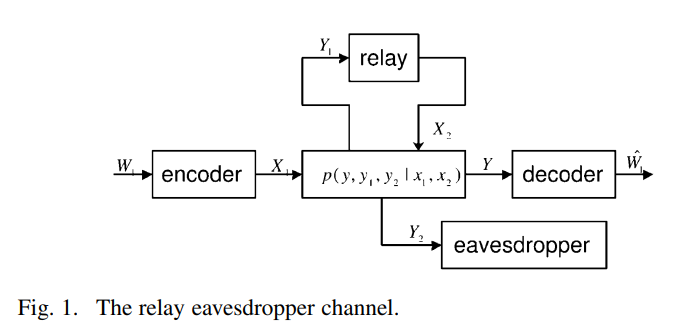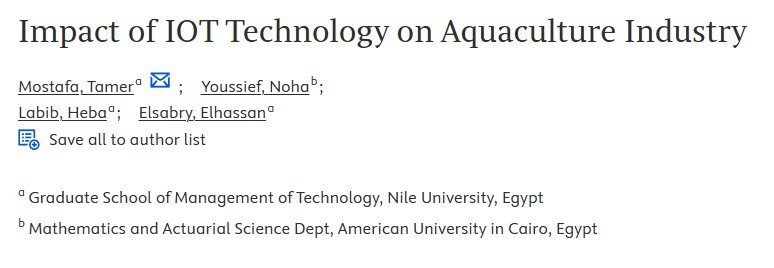

The relay-eavesdropper channel: Cooperation for secrecy
This paper establishes the utility of user cooperation in facilitating secure wireless communications. In particular, the four-terminal relay-eavesdropper channel is introduced and an outer-bound on the optimal rate-equivocation region is derived. Several cooperation strategies are then devised and the corresponding achievable rate-equivocation region are characterized. Of particular interest is the novel noise-forwarding (NF) strategy, where the relay node sends codewords independent of the source message to confuse the eavesdropper. This strategy is used to illustrate the deaf helper phenomenon, where the relay is able to facilitate secure communications while being totally ignorant of the transmitted messages. Furthermore, NF is shown to increase the secrecy capacity in the reversely degraded scenario, where the relay node fails to offer performance gains in the classical setting. The gain offered by the proposed cooperation strategies is then proved theoretically and validated numerically in the additive white Gaussian noise (AWGN) channel. © 2008 IEEE.



